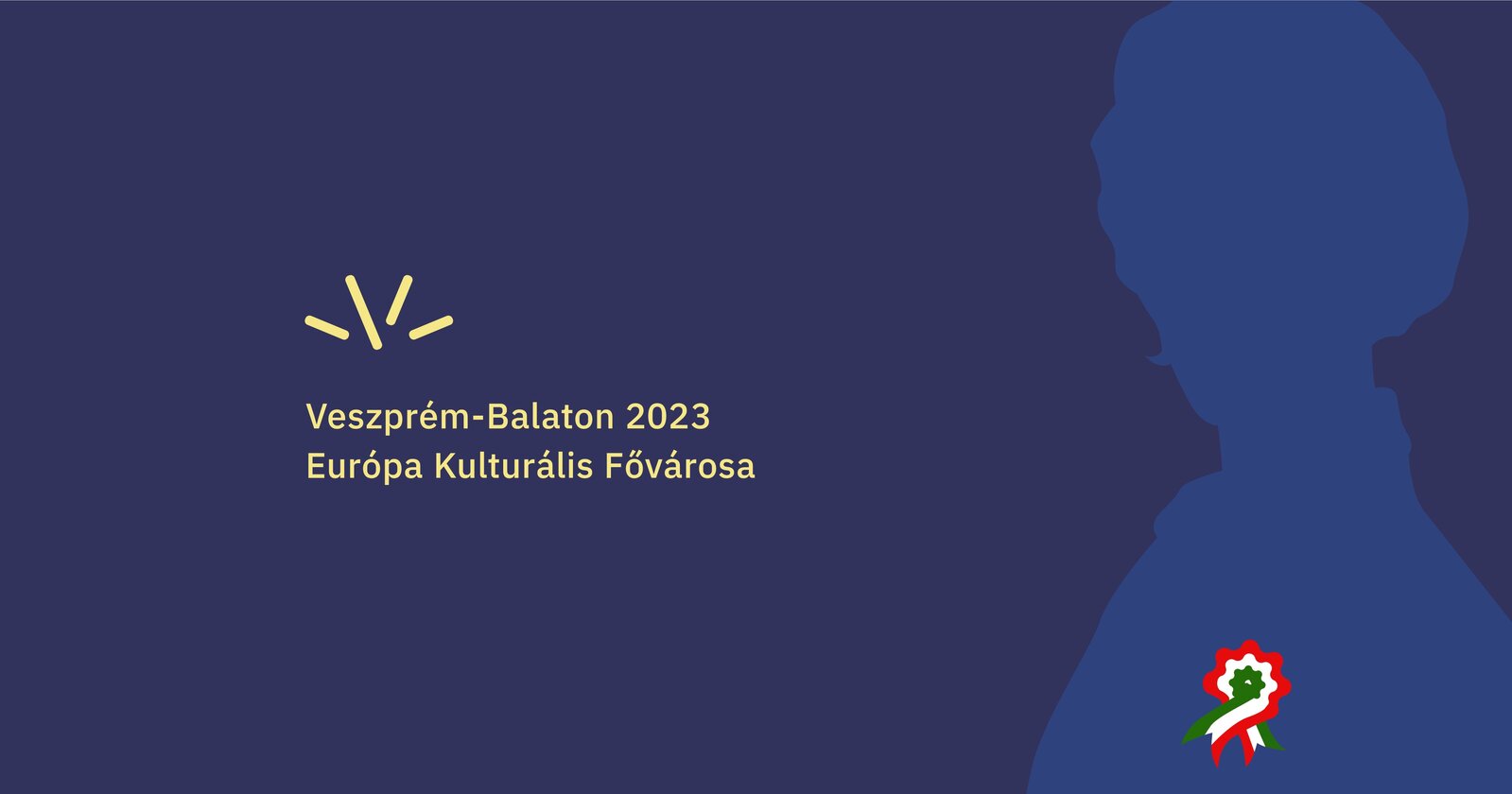What Do We Celebrate on 15th March?
How Veszprém Connected to 15th March 1848
The date marks the beginning of the Revolution and War of Independence of 1848-1849 and is also the Day of the Freedom of the Press in Hungary in memory of the time when the first publications of the free Hungarian press were released.
On the morning of 15th March Sándor Petőfi joined several other young people to compile the 12 Points, a political manifesto in which they listed their demands. This was read out to youth gathered at Budapest’s most famous historic coffee house, the Pilvax, and a recital of Petőfi’s poem ‛National Song’ followed. The company then started off for the Pest university. They stopped over at a number of places and read out the 12 Points, recited poems and kept rallying the people. By the afternoon a huge crowd had come together at the Hungarian National Museum and they held a mass demonstration there.
The Council of the Governor-General finally consented to the 12 Points and promptly abolished censorship (which had been in place until then). The evening saw revolutionaries celebrate the victory of the Pest rally at the National Theatre.
The sequence of events led to the forming of the first responsible government with Count Lajos Batthyány as its head on 23rd March. On 11th April the monarch gave his assent to the April Laws, which set the country on the development path of modern civil society.
The Ides of March (15th March) used to be an annual celebration for students but it only became an official national holiday after the systemic change (1989). Since then, commemorative events of 1848 have been held across the country; the cohesion of the nation is made visible by people wearing a cockade (a ribbon rosette of our national colours), which was first donned by Petőfi and his companions at the Pest rally.
5 facts you didn’t know about Veszprém and 15th March
1. Sándor Petőfi came to Veszprém several times while he was a student at the Reformed College (boarding school) in Pápa and he also visited his younger brother, who at the time was a butcher’s assistant in nearby Várpalota. Petőfi arrived at Veszprém with his wife in early March 1848 to spend two days here. It was in our city that he received news of the Paris revolution.
2. An eye witness of the 1848 Veszprém events was master barber Károly Francsics, who collected all the news from the guests in his inner city shop and jotted down everything that happened during the revolution by candlelight in his tiny cabinet.
His diary is a delightful read.
3. There was an excellent politician in Veszprém, Antal Hunkár (1783-1862), a great Kossuth supporter, who fought for the birth of a civil Hungary in 1848/49 as County Head and Government Commissioner. He also was one of the people who drafted the Hungarian Declaration of Independence. On 15th March 1848 he was taking part in a parliamentary session in Pozsony (Bratislava); after his return to Veszprém he took a leading role in setting up the local Militia.
4. Patriotic Veszprém soldiers of the Revolution and War of Independence were eventually commanded to withdraw to the fortress of Komárom, where they fought to the last – even after the 1849 capitulation. Many of them are buried in Veszprém in the cemetery by the road to Balatonfüred.
5. A highly respected item now held by Veszprém County Archives is János Damjanich’s farewell letter written to his wife at the dawn of the day he was executed in Arad: "To my poor Emilia as consolation! Lord of All Creation, I send my prayers to you. May you give me strength in this dreadful moment of final parting from my wife, and may you give me, Father, more strength to face like a man this humiliating manner of death. It was you who watched over me in the fields of battle; it was you who guided me through the bloody fights and allowed me to live. Lord Almighty, save my hapless motherland from future evil […]Lord! you know my heart and all my deeds are known before you: judge me according to those and take me kindly into your kingdom!”
+1 more interesting fact:
Sándor Petőfi’s poem ‛Freedom and Love’ is probably the best-known piece of Hungarian verse in the world. It is part of the curriculum in China, and most students know by heart this short motto of a poem. The complete poetry of Petőfi – or in Chinese: Pei duo fei – is available in translation in the most populous Asian country’s language.

